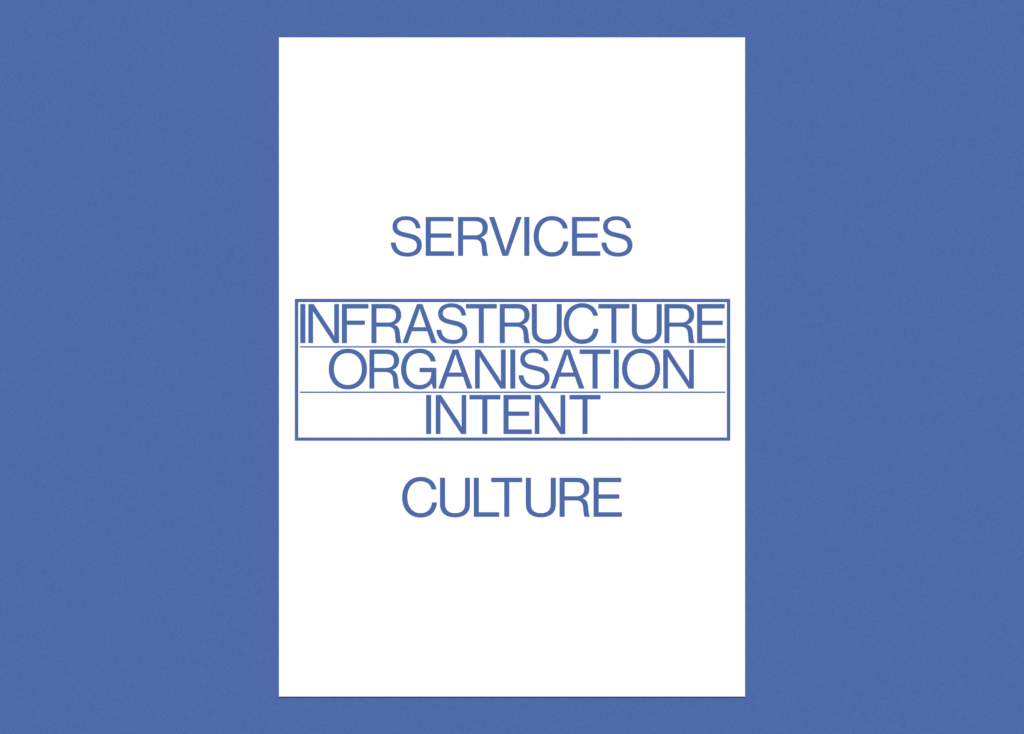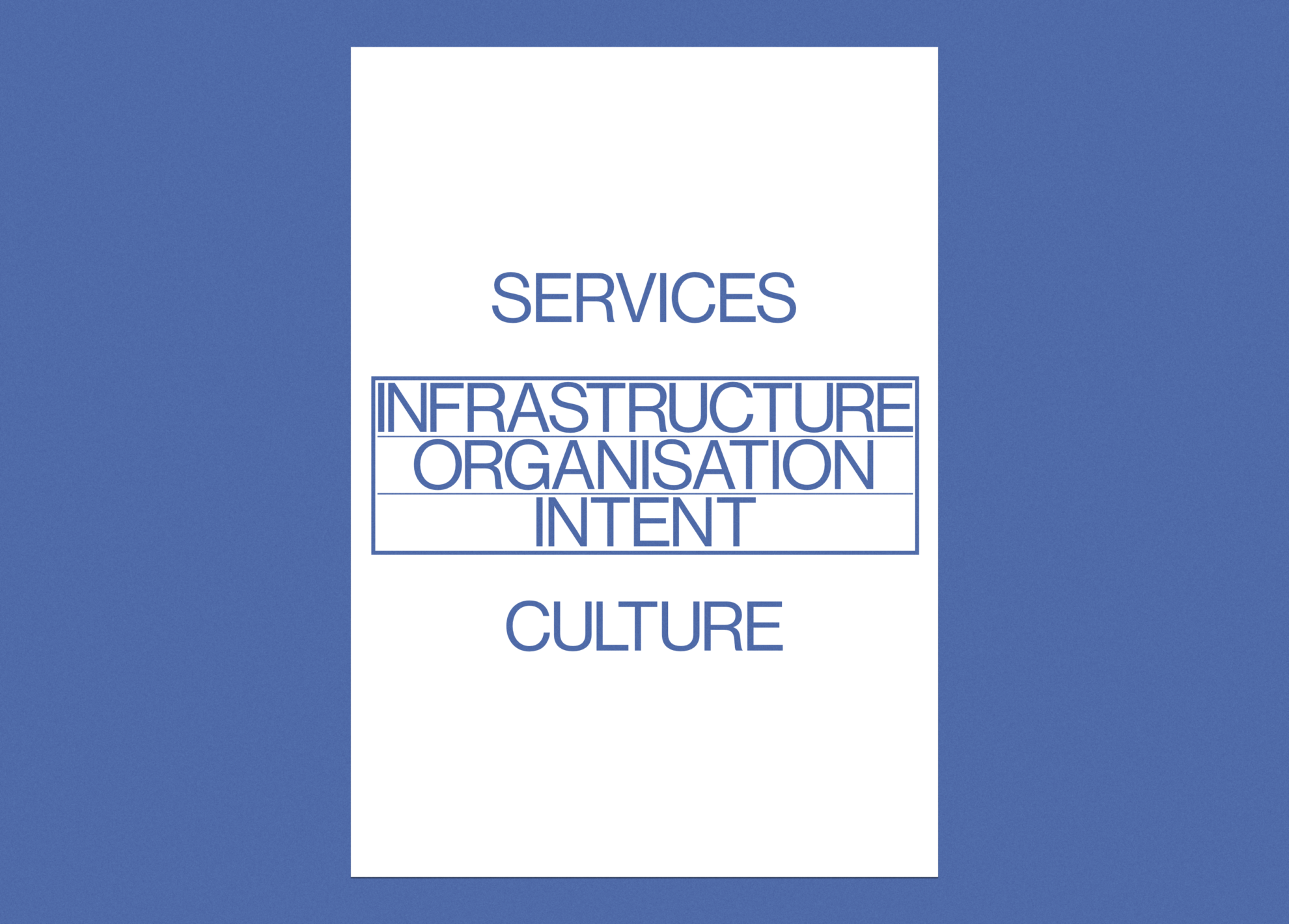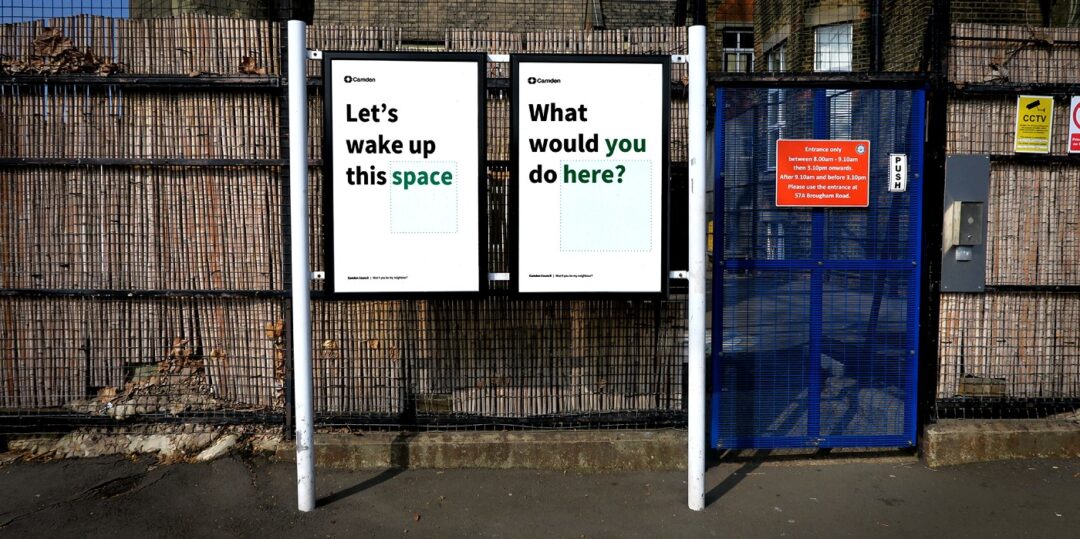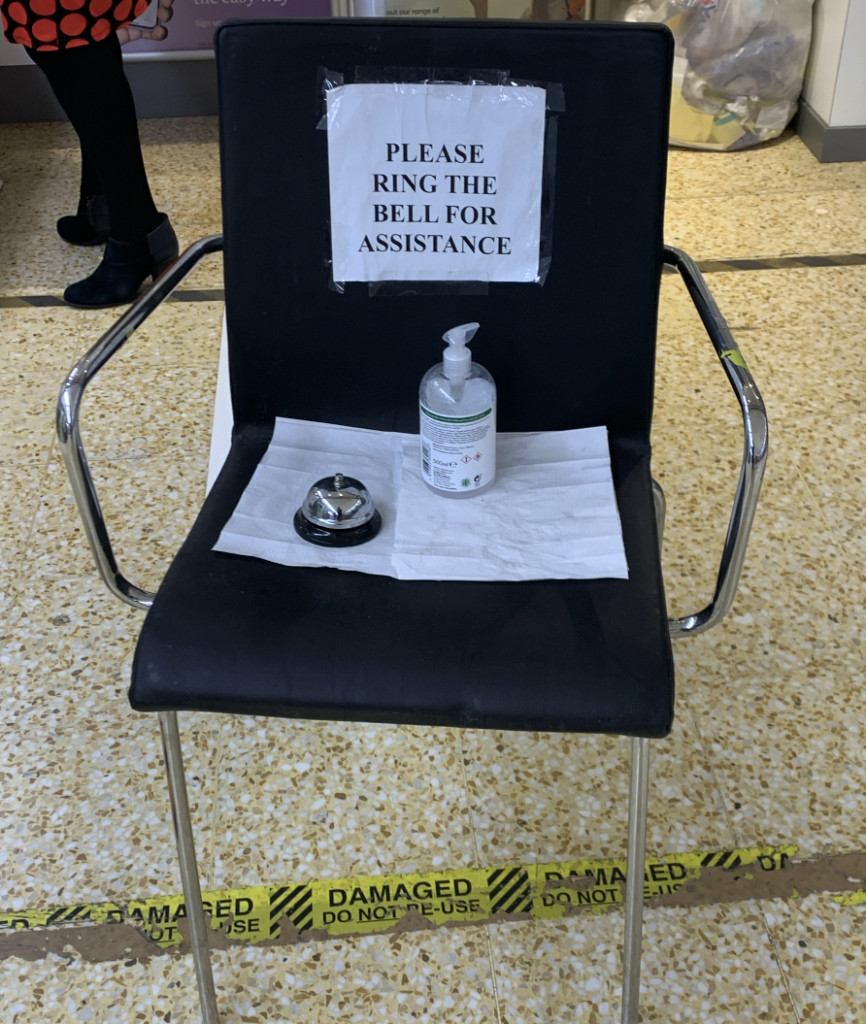Full Stack Service Design is a model I’ve used for years to help me navigate and understand how to diagnose services that fail, support organisations to meet user needs and outcomes and design new offerings that can be realistically delivered.

It is a model that helps people break services down into their parts that make them and understand how all of these parts impact the user experience.
I’m sharing the model online in the hope it will be of use to people running services, organisational leadership making decisions that affect user experiences and designers who need to learn how to move beyond the user experience to influence change and improve outcomes.
The model can be used in multiple ways and I will be sharing more tools and maps for workshops in coming months.
Use the model as map for exploring the components of an organisation or system
This is your basic map of how services are made. As a starter for ten, the model has a series of key layers and components that help you quickly understand and navigate what services are made of, and how they affect the user experience and outcomes you are designing for.
This is to help fast track your knowledge in understanding how services are made and creating new vantage points to see how decisions made in an organisation or system affect the user experience.
Use the questions as part of your discovery(s) for service design or improvement
A good discovery doesn’t just consider the user experience or user needs. We must go deeper in understanding how services are made, how the organisation or system that powers services is constructed and where the underlying intent is influencing the existing or potential service design.
There are questions for each component of the service layers. These are broken down into questions on leadership, people working with the specific component and exploratory questions to ensure you have understanding of the service context before embarking on designing change.
Build the questions into your discovery and dish up amongst your team wether made up of researchers, business analysts, internal staff.
Use the model as a way to build a list of key stakeholders you will need to speak with and to build a service community
Service Design doesn’t happen in a vacuum of one team. It is a collective team sport influenced by lots of design decisions across organisations and systems. Use the model to trigger ideas on who you need to work closely with in designing and delivering good services, and consider building a service community or team who have an input into the overall service design as work progresses
Define the hard and soft edges of what you can influence and what’s off the table by understanding the components in an organisation. This will help narrow down your design brief or know who you need to influence.
Services are impacted by 10s, if not 100s of people making decisions from policy to finance domains and these all affect the service and user experience. Good design is about understanding constraints. Understand where the edges of your service touches and wether you are designing within this or where you need to challenge the edges and how you will assert that influence. Mapping what affects the service by working through the layers and components, then what is malleable to potential change is a helpful way to bring some boundaries to your project, for example the timeframe you’re designing for from immediate changes to more distant future.
Use the model to help design holistic service models
When designing a new service, it isn’t enough to frame what a new user experience looks like, we must consider how that service will be delivered.
Use the layers and components to consider what you need to consider in developing a plan for change. Do financial resources need re-aligned to launch a new service? Does the organisational structure need to shift to ensure a service you are designing can be continuously improved?
Use the model as a supporting stack to easily navigate what needs to be considered and communicated in making changes to a service, or introducing new offers.
Full stack service design model is a map for navigating how services are made.
I’m really interested in how people interpret it, use it and apply it in their work. If you do something with it, let me know and I’ll add it to this list.




